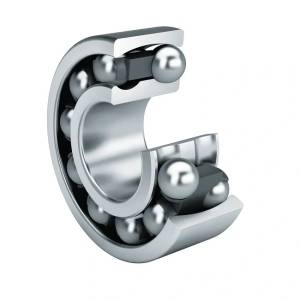
Self-aligning ball bearings offer superior performance and longevity compared to standard ball bearings, particularly in applications where shaft misalignment is a concern. Their unique design incorporates a spherical outer ring raceway, allowing for significant angular misalignment without compromising operational efficiency. This makes them ideal for applications where precise shaft alignment is difficult to maintain or where vibrations are present.
Key Features & Benefits:
Technical Specifications (Example – Actual specifications vary by model):
Selection Considerations:
When selecting a self-aligning ball bearing, consider the following factors:
Note: Always consult the manufacturer's specifications and technical documentation for detailed information and proper installation guidelines. Improper installation or operation can significantly reduce bearing lifespan.